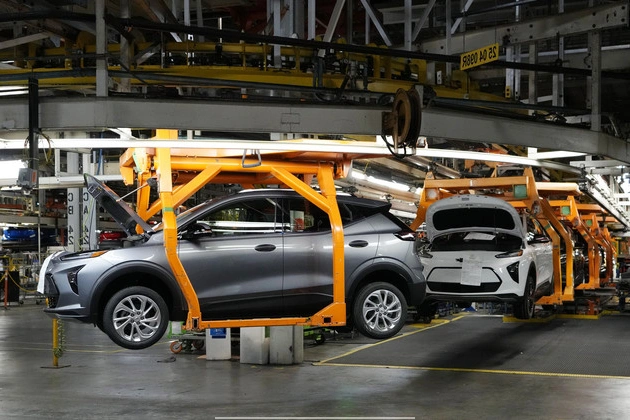
General Motors, a key player in the auto industry, recently announced a significant shift in its strategic focus. The company, which previously aimed to produce only electric vehicles by 2035, has now redirected its investments towards gasoline-powered vehicles. While GM remains committed to the EV market, this change underscores a broader trend among various stakeholders affecting the future of electric mobility.
Challenges and Realities
The decision to move away from the 2035 all-EV goal reflects evolving market dynamics. Factors such as shifting government policies, changing consumer preferences, and disruptions in supply chains have influenced GM’s strategic direction. The company’s initial vision, set amid a wave of optimism for EV adoption, now faces obstacles like regulatory uncertainties and tariff impositions.
Despite this shift, GM continues to expand its EV portfolio and production capabilities. Recent reports highlight the company’s progress in selling EVs and positioning itself as a key player in the electric vehicle market. GM’s CEO, Mary Barra, reaffirms the company’s commitment to an all-EV future, emphasizing the technological advancements needed to achieve this vision.
Industry Trends and Adaptations
GM’s strategic pivot aligns with broader industry trends. Other automakers, both in the U.S. and globally, have revised their EV goals in response to market realities. The challenges of scaling up EV production, developing infrastructure, and securing sustainable battery technologies have prompted a reevaluation of ambitious targets set in earlier years.
While GM’s decision may seem like a setback, analysts view it as a pragmatic response to current market conditions. The complexities of transitioning to an all-EV future require a nuanced approach that balances technological innovation with economic viability. GM’s investments in domestic manufacturing and product diversification reflect a strategic realignment to navigate regulatory changes and market uncertainties.
Future Prospects and Adaptability
Looking ahead, GM’s strategic choices will shape its competitive position in the evolving auto industry landscape. By leveraging its manufacturing capabilities and product portfolio, GM aims to maintain its market share and profitability amidst industry transformations. The company’s ability to adapt to changing market dynamics while retaining its long-term vision for electric mobility will be crucial for its success.
In conclusion, GM’s transition from all-EV aspirations to a diversified product strategy underscores the complexities of navigating the evolving auto industry landscape. By embracing flexibility and strategic adaptability, GM positions itself to thrive in a dynamic market environment where innovation and resilience are paramount.











